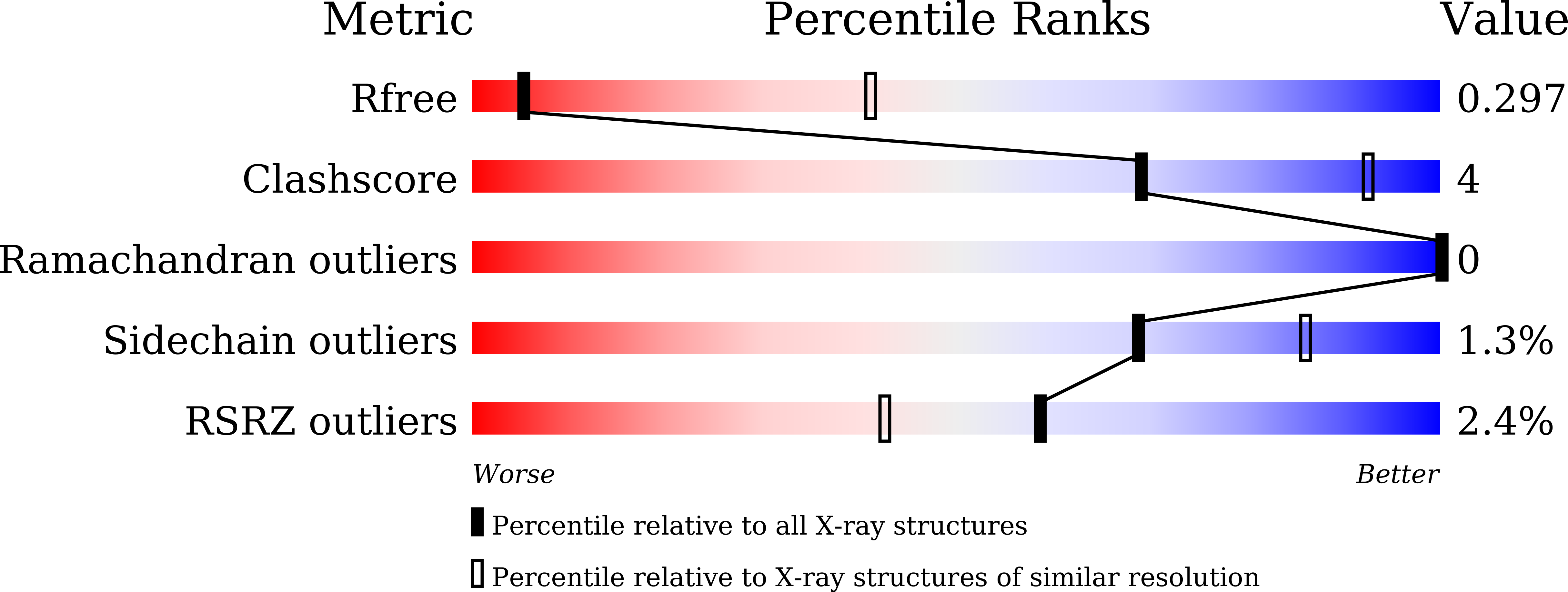
Deposition Date
2022-05-20
Release Date
2023-11-29
Last Version Date
2024-06-12
Method Details:
Experimental Method:
Resolution:
3.59 Å
R-Value Free:
0.29
R-Value Work:
0.25
R-Value Observed:
0.26
Space Group:
P 65


